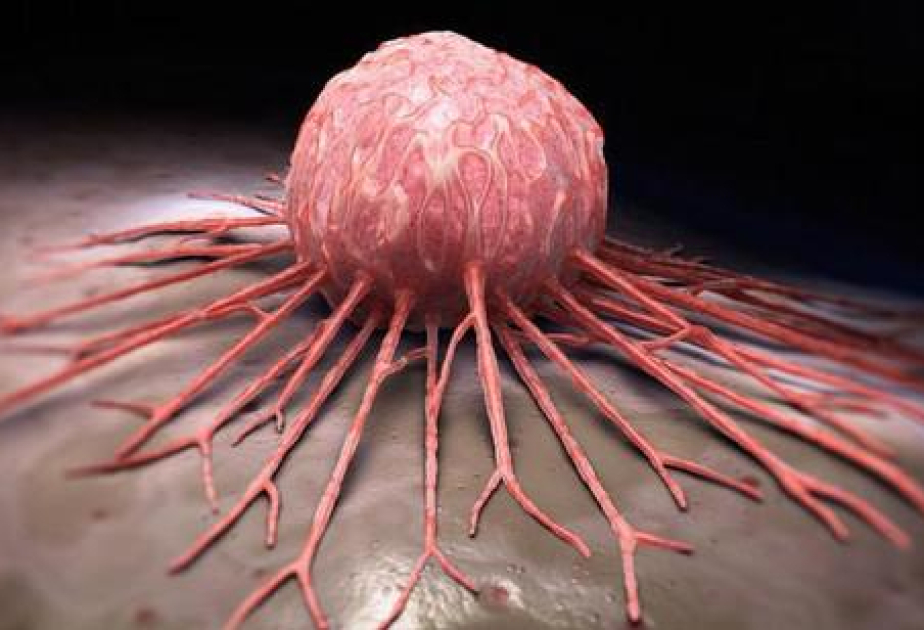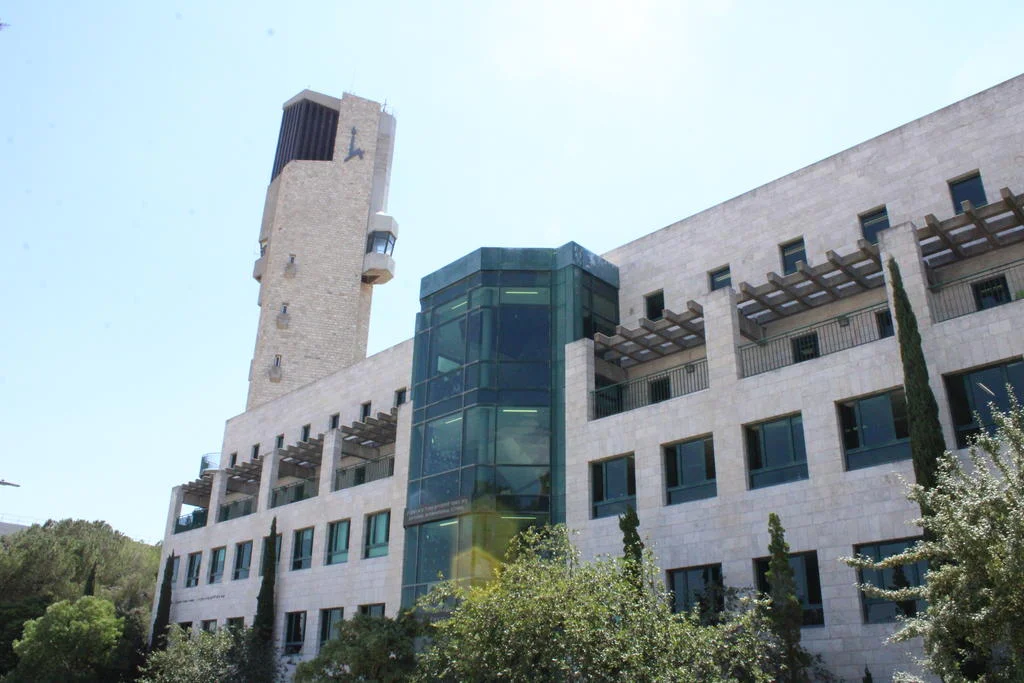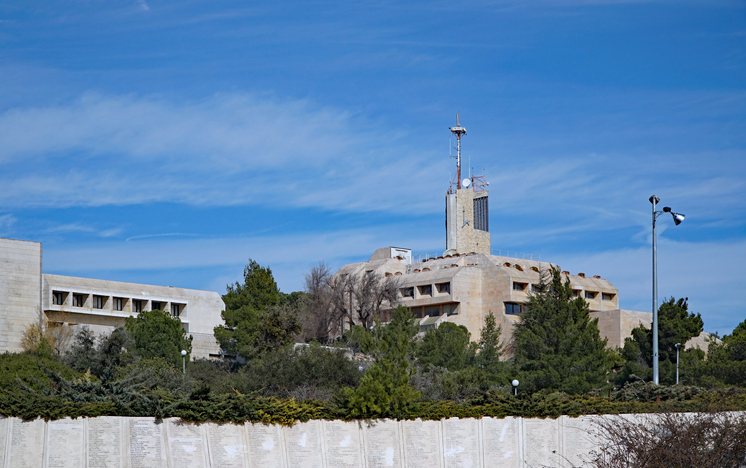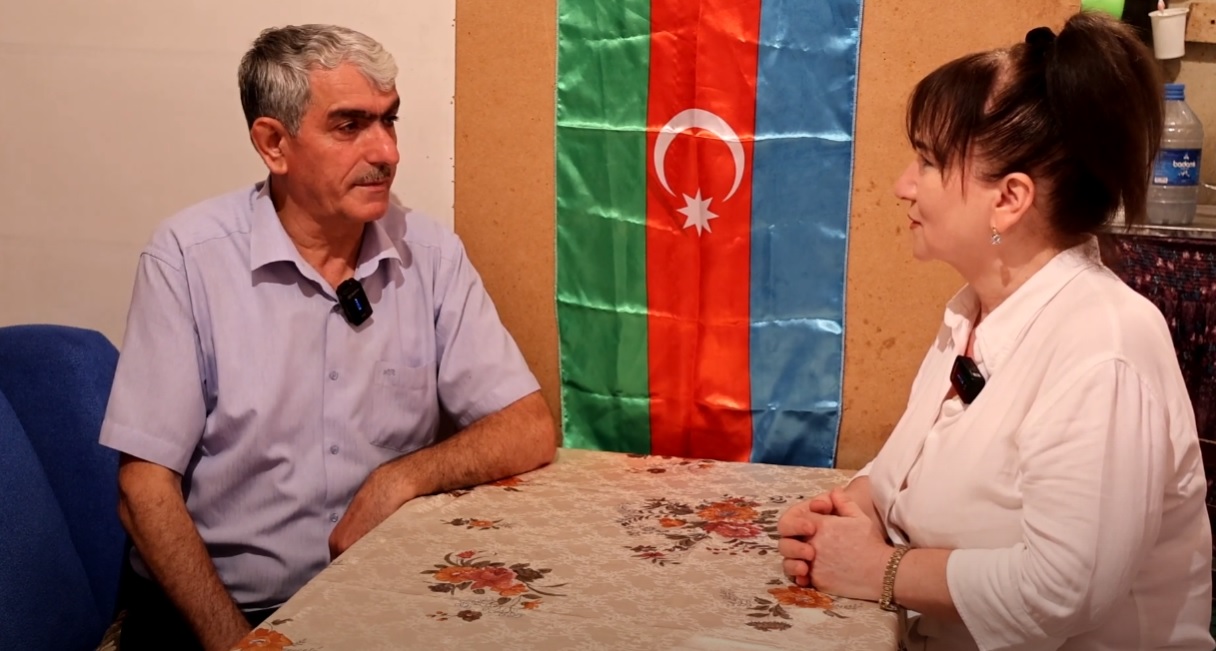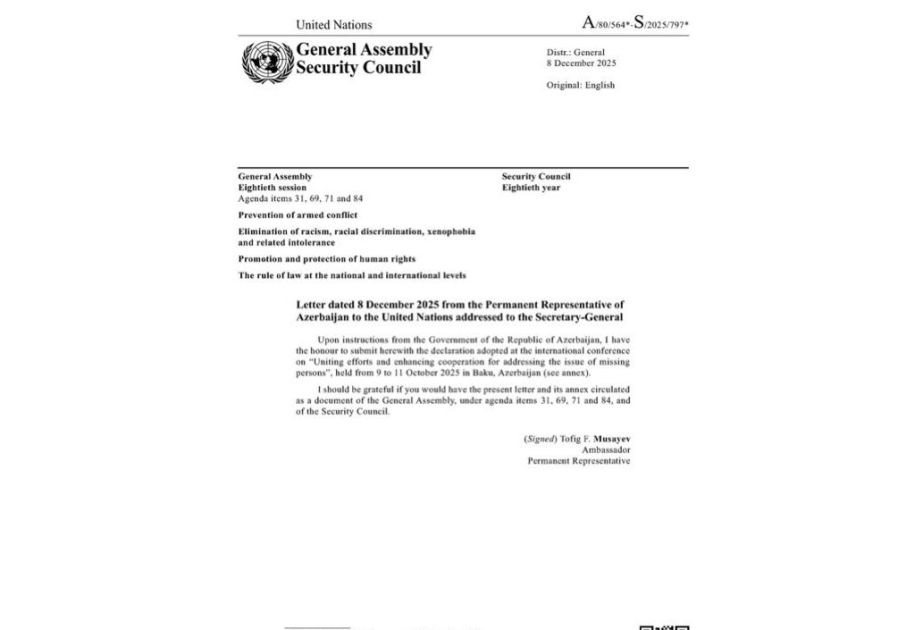In the United States, healthy people are routinely screened for signs of a handful of cancers — women entering middle age should schedule a routine mammogram to check for breast cancer, for example, according to Nature magazine.
Unfortunately, this kind of early-detection programme is not the norm for all cancers; most malignancies are spotted only at more advanced stages, when people already have symptoms and treatments are much less effective. “All those cancers that we don’t screen for amount to somewhere around 70% of all cancer-related deaths,” says Nima Nabavizadeh, a radiation oncologist at Oregon Health Sciences University in Portland.
Devising ever-more swabs and scans to detect each and every cancer out there “is just not scalable”, Nabavizadeh says — achieving broad access and adherence to the four cancer screening tests currently recommended in the United States has already proved to be challenging. But what if you could get all the answers from a vial of blood? Therein lies the appeal of multi-cancer early detection (MCED) tests, which scan body fluids for snippets of DNA, proteins and other molecular traces that might reveal a hidden tumour. Several such tests are in development, and a few have even been assessed clinically.
The results from some of these early studies are promising. “I know cancer patients who now have an early-stage cancer diagnosis that they wouldn’t have known about otherwise,” says Nabavizadeh, who has been involved with studies of an MCED test called Galleri, developed by a company called Grail in Menlo Park, California. A few of these tests — including Galleri — are making their way to the market. However, no MCED has yet received formal regulatory approval, and none is covered by US health insurance.
Many uncertainties still surround MCED tests. These include determining which cancers they can detect reliably, how clinicians should follow up on positive tests, and whether the use of these tests can meaningfully reduce the number of cancer deaths. “Screening interventions that are done on very broad swaths of the population — most of whom will not benefit — should be very well characterized,” says Hilary Robbins, an epidemiologist at the World Health Organization’s International Agency for Research on Cancer in Lyon, France. “And their benefits should be proven before they’re rolled out.”
Tracking a tumour’s traces
The goal of cancer screening is to detect molecular or physiological indicators associated with early-stage malignancy while generating as few false positives as possible. Familiar methods such as mammography for breast tumours are imperfect, but have a track record of reducing the number of cancer deaths.
For MCEDs, the challenge is steeper. A test must identify a set of molecular features, or biomarkers, that are associated with a broad spectrum of tumours and that can be measured in an easily obtained specimen such as blood. The most widely employed biomarkers for MCEDs are based on cell-free DNA (cfDNA) that is circulating in the bloodstream. cfDNA is a natural by-product of cell death, and is already used to look for fetal congenital abnormalities.
Genomic fragments are also a known by-product of tumour-cell proliferation. But turning these fragments into a viable indicator for early cancer detection has taken considerable effort, because the small fraction of DNA shed by tumour cells is drowned out by the much larger quantity from normal cells. Finding cancer in this way is a “needle in a haystack” problem, says Nickolas Papadopoulos, an oncologist at Johns Hopkins Medicine in Baltimore, Maryland.
Most MCED tests have been assessed only using samples from people with a known cancer diagnosis — which often means that the tumour is sufficiently developed enough as to cause symptoms. But there have been two prospective studies in which apparently healthy participants were tested and then evaluated more closely to determine whether positive results were accurate. The first, the DETECT-A study, evaluated the CancerSEEK test in more than 10,000 women aged 65—752. Grail’s Pathfinder study of Galleri, by contrast, looked at both men and women over the age of 50, and included more than 6,600 people3.
DETECT-A combined its blood test with whole-body imaging, and achieved a positive predictive value (PPV) of 28%. This means that around 1 in 4 positive tests represented a real cancer diagnosis. Pathfinder relied entirely on blood-based cfDNA testing to make its preliminary diagnostic call, and achieved a PPV of 38% — more than 1 in 3 positive tests were accurate. These PPVs might seem modest, but given that testing generated a relatively small number of hits overall, this means that few test recipients will experience a false-positive test (see ‘Two major trials of multi-cancer early detection systems have yielded encouraging results’).


